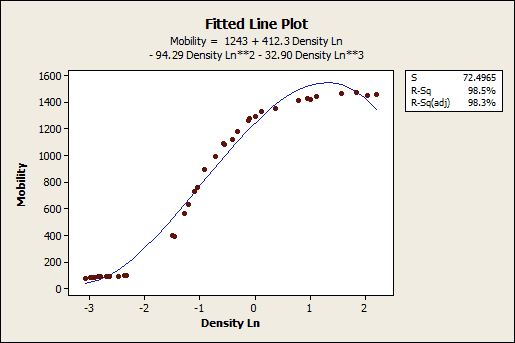Table of ContentsThe Main Principles Of What Is Bond Valuation In Finance Excitement About A City Could Issue Which Type Of Bond? Quizlet
Those who provide bonds can pay for to pay lower rate of interest and still offer all the bonds they need. The secondary market will bid up the rate of bonds beyond their face worths. The interest payment is now a lower portion of the preliminary rate paid. The outcome? A lower return on the investment, thus a lower yield.
Bond financiers select amongst all the various kinds of bonds. They compare the danger versus benefit provided by interest rates. Lower rates of interest on bonds mean lower expenses for things you purchase on credit. That consists of loans for cars, organisation growth, or education. Essential, bonds affect mortgage rate of interest.
When you invest in bonds, you lend your money to an organization that requires capital. The bond issuer is the borrower/debtor. You, as the bond holder, are the financial institution. When the bond matures, the company pays the holder back the initial amount borrowed, called the principal. The issuer also pays regular set interest payments made under an agreed-upon period.
Bonds as investments are: Less dangerous than stocks (how is a bond represented in the yahoo finance). So, these deal less return (yield) on financial investment. Ensure these are backed by excellent S&P credit rankings. Allowed to be traded for a greater rate. The best time to secure a loan is when bond rates are low, since bond and loan rates go up and down together.
Bonds are debt and are released for a duration of more than one year. The United States federal government, city governments, water districts, companies and numerous other kinds of institutions offer bonds. what does everything in the price of a bond formula stand for in finance. When an financier buys bonds, she or he is providing cash. The seller of the bond agrees to pay back the principal amount of the loan at a defined time.
Which Of These Describes A Bond Personal Finance Fundamentals Explained

A security representing the debt of the company or government releasing it. When a business or government problems a bond, it borrows money from the bondholders; it then uses the cash to invest in its operations. In exchange, the bondholder gets the primary quantity back on a maturity date specified in the indenture, which is the agreement governing a bond's terms.
Usually speaking, a bond is tradable though some, such as savings bonds, are not. The rate of interest on Treasury securities are thought about a criteria for rate of interest on other financial obligation in the United States. The greater the rates of interest on a http://shanexgds257.trexgame.net/getting-my-what-is-the-value-of-a-bond-quizlet-finance-to-work bond is, the more risky it is likely to be - how to add bond holdings to yahoo finance portfolio.
The most fundamental department is the one between melanie reaves savannah tn business bonds, which are provided by private companies, and government bonds such as Treasuries or community bonds. Other common types include callable bonds, which enable the provider to pay back the principal prior to maturity, denying the shareholder of future vouchers, and drifting rate notes, which carry an interest rate that alters from time to time according to some criteria.
A long-term promissory note. Bonds differ commonly in maturity, security, and kind of provider, although many are offered in $1,000 denominations or, if a community bond, $5,000 denominations. 2. A written responsibility that makes a person or an institution accountable for the actions of another. Bonds are financial obligation securities released by corporations and governments.
The issuer also assures to repay the loan principal at maturity, on time and completely. Due to the fact that many bonds pay interest regularly, they are likewise explained as fixed-income financial investments. While the term bond is used generically to describe all financial obligation securities, bonds are specifically long-lasting financial investments, with maturities longer than ten years.